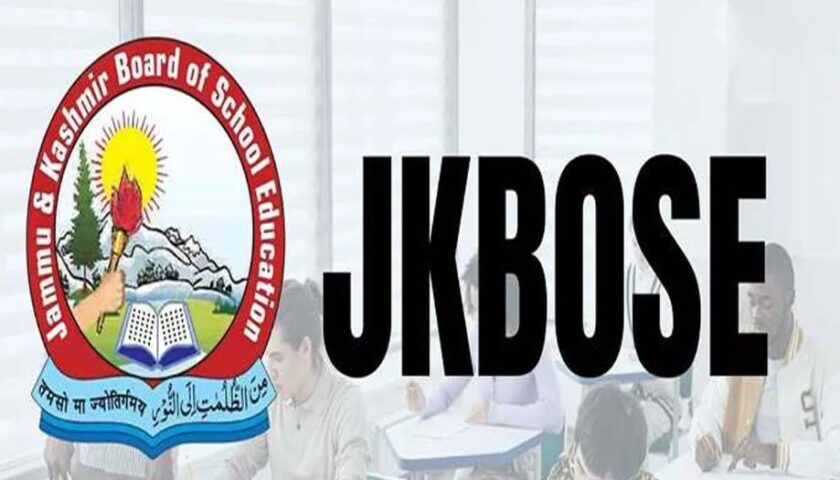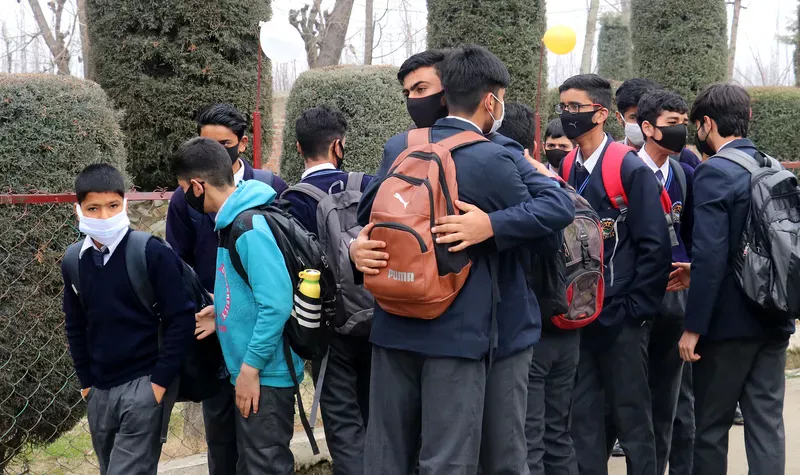Survey Reveals Widespread Bullying in Jammu & Kashmir Schools
By: Javid Amin | 31 July 2025
A Disturbing Snapshot from the Classroom
A recent statewide survey has revealed a sobering truth—bullying and teasing remain deeply entrenched in schools across Jammu & Kashmir. From emotional taunts to physical altercations, the data signals an urgent call for schools, parents, and policymakers to confront a silent epidemic.
Key Findings:
-
Prevalence: A large percentage of students reported frequent bullying, ranging from name-calling and exclusion to physical intimidation.
-
Gender Divide:
-
Boys reported more physical bullying—pushing, hitting, or threats.
-
Girls faced more relational and psychological harassment—gossip, isolation, and cyberbullying.
-
-
Chronic Nature: Many victims reported being targeted repeatedly, indicating systemic failure to intervene.
-
Power Imbalance: The study underscored bullying as a dynamic where the victim cannot easily defend themselves—a defining trait that separates it from ordinary peer conflict.
Cultural and Social Dynamics Matter
Bullying in J&K schools doesn’t occur in a vacuum. The survey contextualized the findings against:
-
Ethnic, religious, and linguistic diversity, which may give rise to stereotyping and social segregation.
-
Ongoing social tensions and post-conflict trauma, which may manifest in school behavior patterns.
-
Rigid classroom hierarchies that normalize dominance and silence dissent.
“Many students internalize bullying as normal, especially when adults fail to respond or trivialize the issue,” said one education counselor who contributed to the survey.
Emotional and Academic Toll on Students
The consequences of bullying extend far beyond hurt feelings:
-
Mental health deterioration, including anxiety, low self-esteem, and depression.
-
Increased absenteeism and school dropouts, especially among repeatedly bullied students.
-
Reduced academic performance due to persistent fear, distraction, and trauma.
-
In some cases, long-term emotional scars affecting future relationships, trust, and career development.
Why This Demands Urgent Action
This is not just a disciplinary issue—it’s a child rights and public health issue. Bullying impairs a student’s right to safe, dignified education, as guaranteed by national and international frameworks including:
-
The Right to Education Act
-
The National Education Policy (NEP) 2020
-
The UN Convention on the Rights of the Child
Building Safer Schools: What Needs to Be Done
Here’s a roadmap for turning awareness into action:
01. Mandatory Anti-Bullying Frameworks
-
Schools should adopt zero-tolerance anti-bullying policies, with complaint redressal committees.
-
Anonymous reporting tools (online and offline) should be made available.
02. Training Teachers and Staff
-
Equip educators to identify, prevent, and respond to bullying.
-
Regular workshops in empathy building, conflict resolution, and child psychology.
03. Empathy-Driven Education
-
Introduce Social Emotional Learning (SEL) modules in the curriculum.
-
Encourage activities that promote inclusion, tolerance, and diversity awareness.
04. Parental and Community Involvement
-
Organize community outreach programs and parenting workshops on identifying signs of bullying.
-
Establish village or mohalla-level child safety committees in rural areas.
05. Monitoring and Accountability
-
State and district education boards must include bullying audits in school inspections.
-
Annual surveys to track the prevalence and nature of bullying over time.
Bottom-Line: From Punishment to Prevention
Bullying doesn’t end with detention or suspension—it ends when cultures of empathy replace cultures of power. It ends when teachers are trained, students feel safe to speak up, and school leadership treats child safety as non-negotiable.
In J&K, where students already carry the weight of socio-political stress, schools must become spaces of healing, not harm. The survey is not just data—it’s a distress signal. And it’s time we listen.




